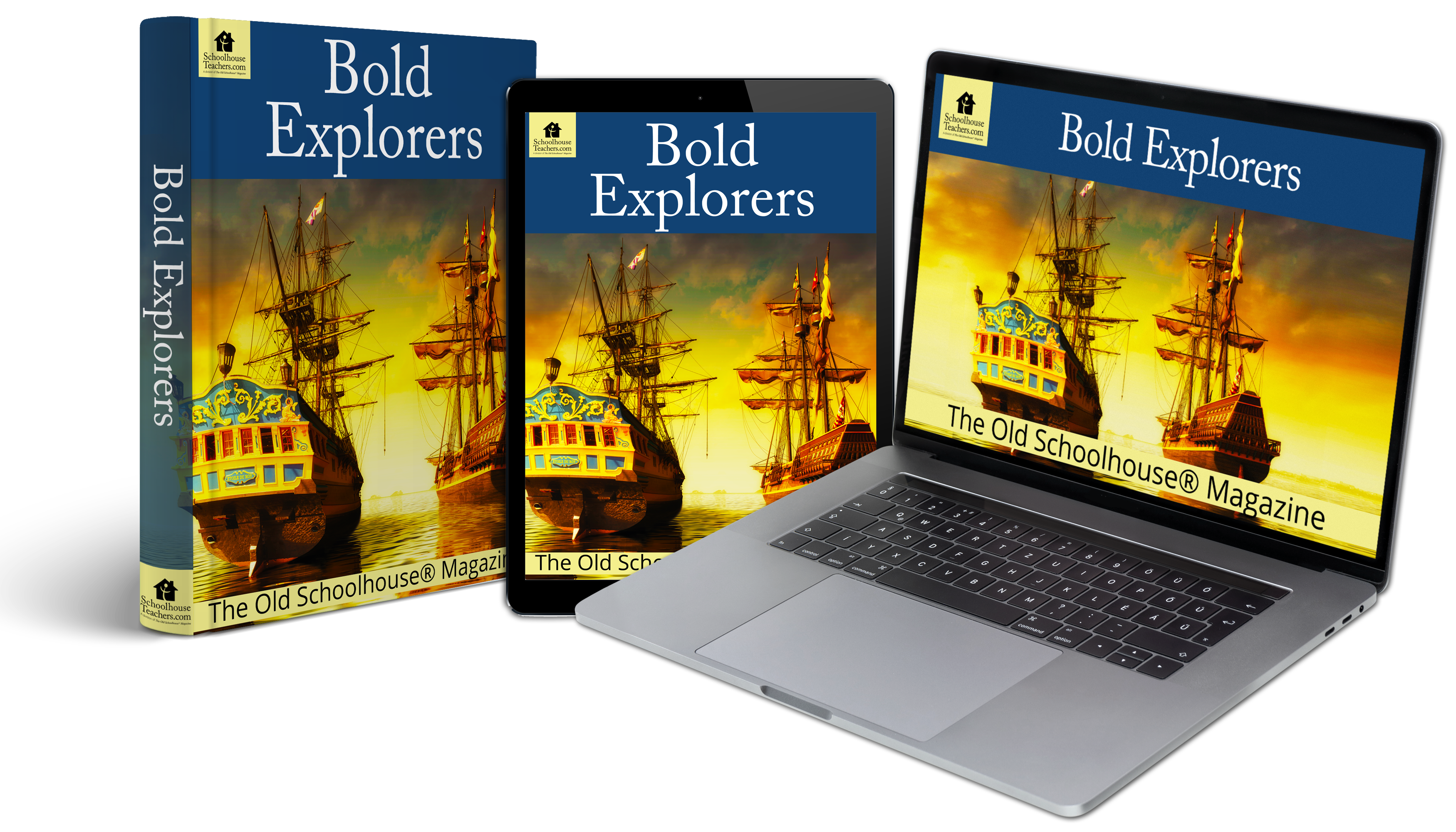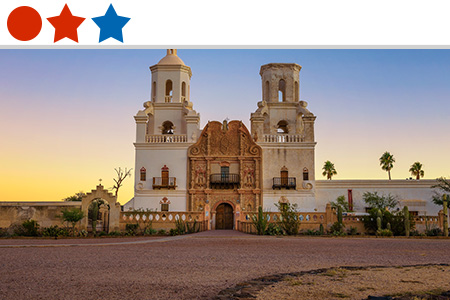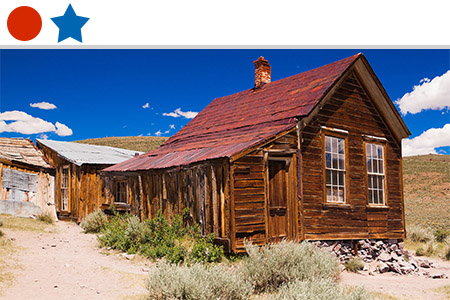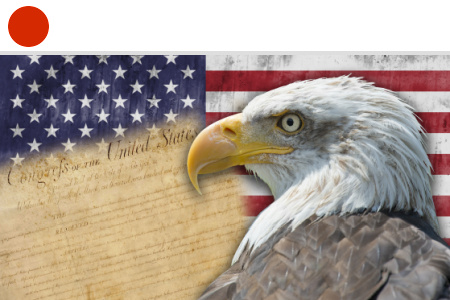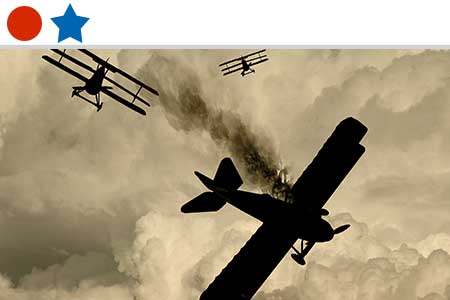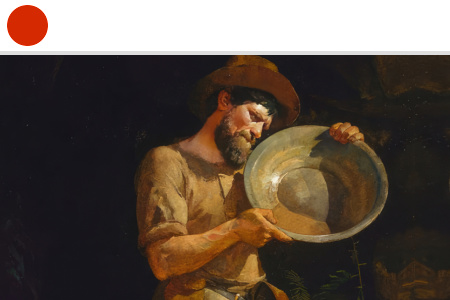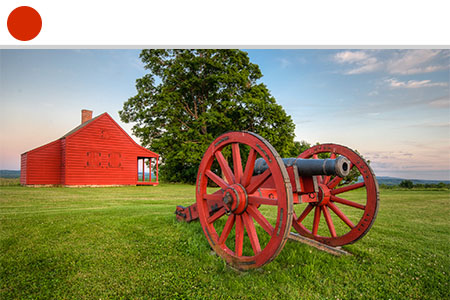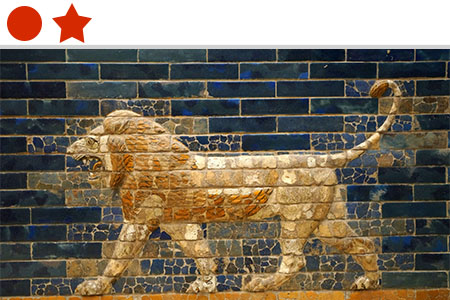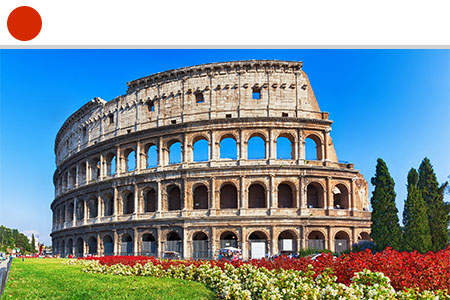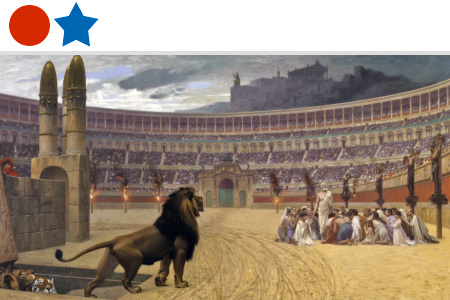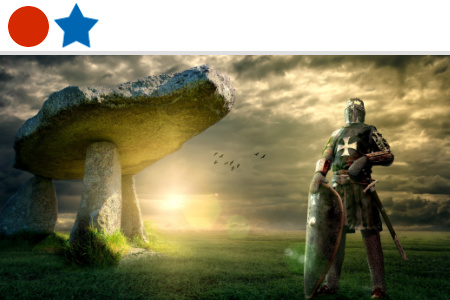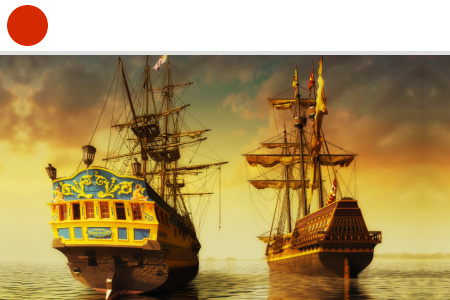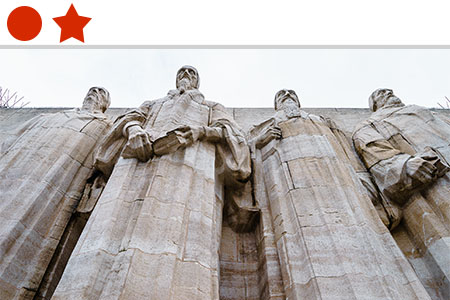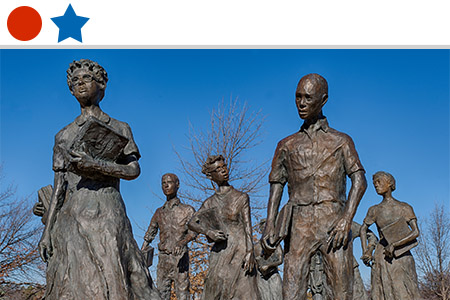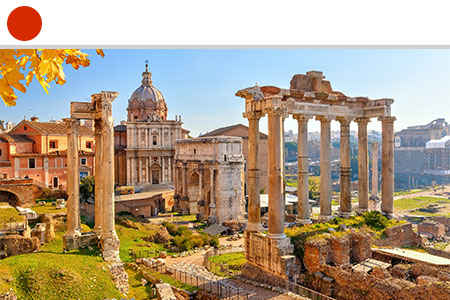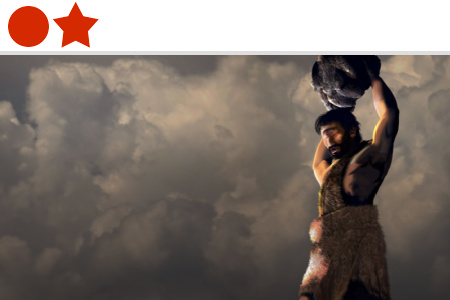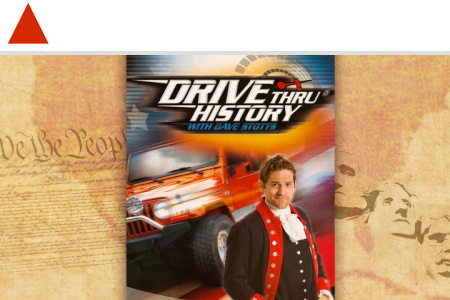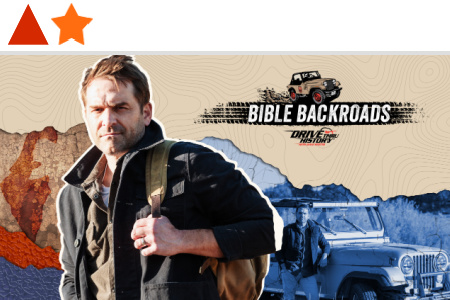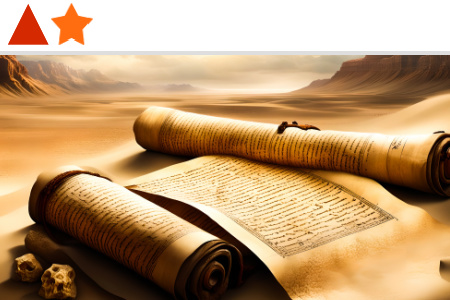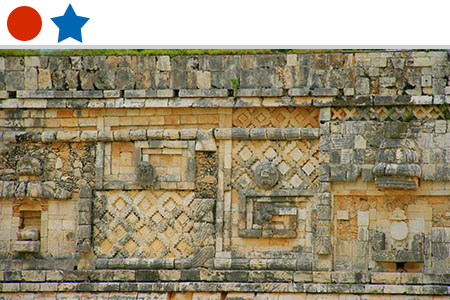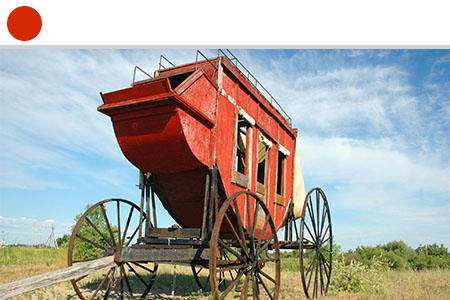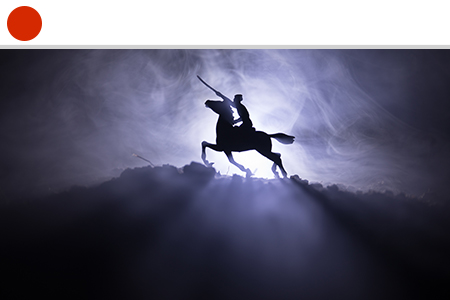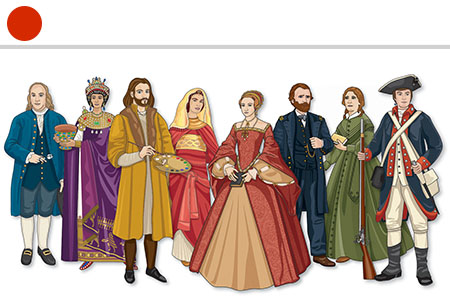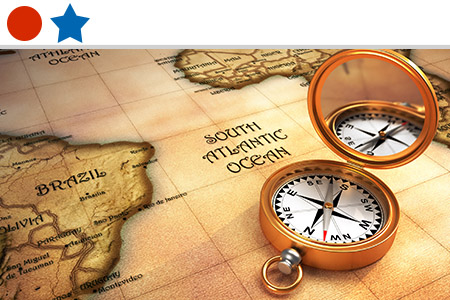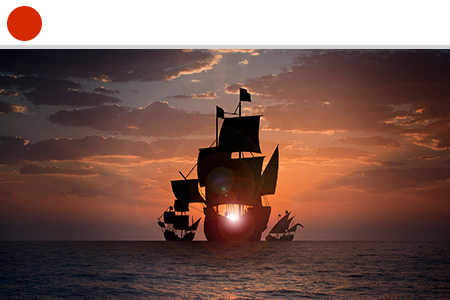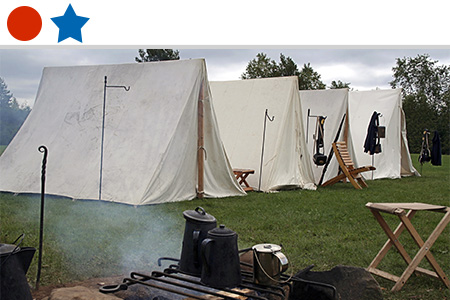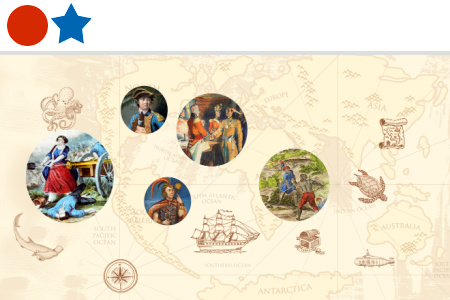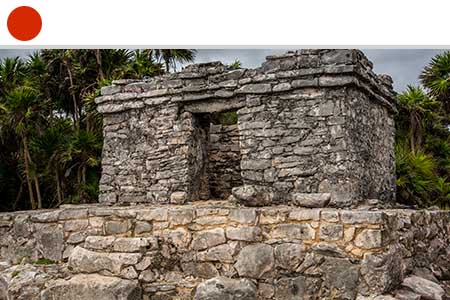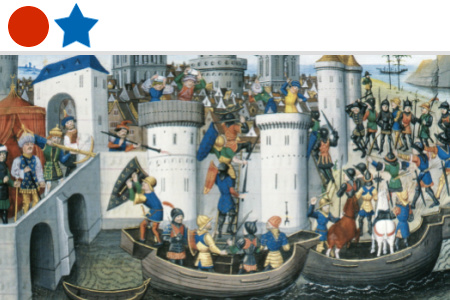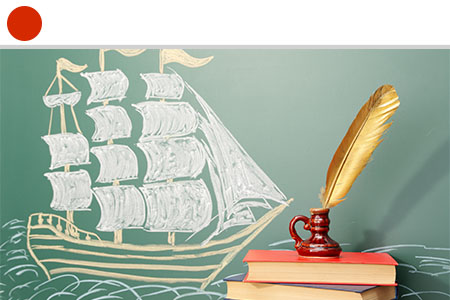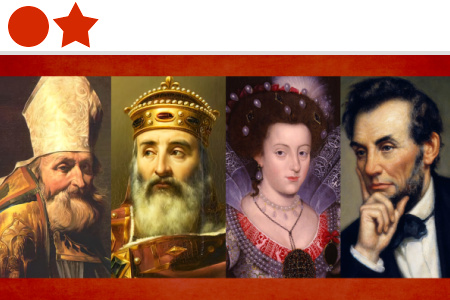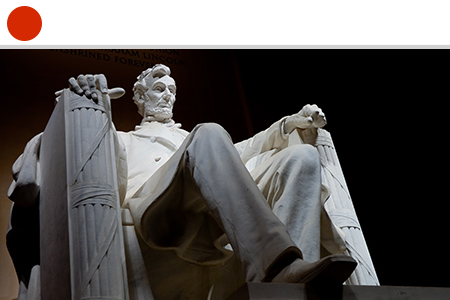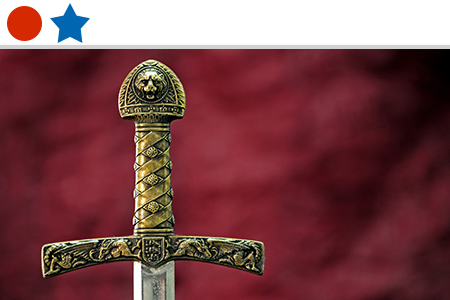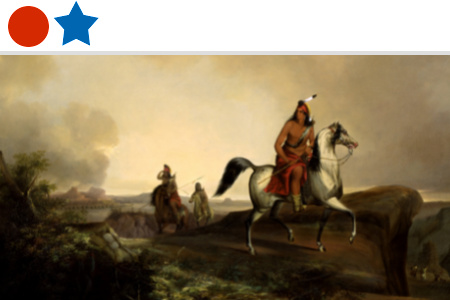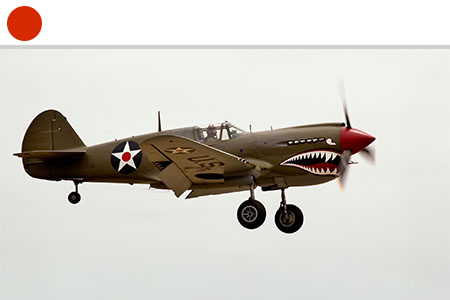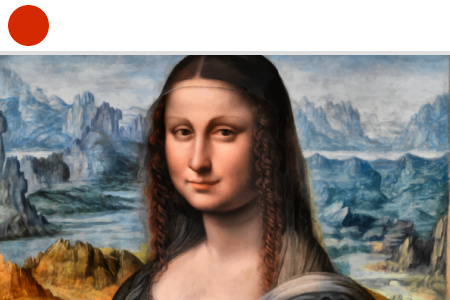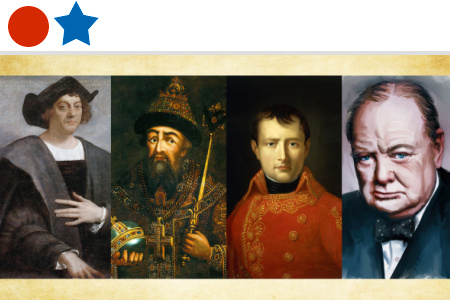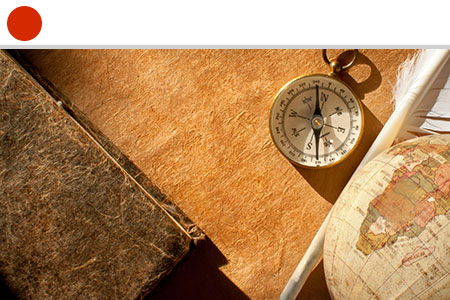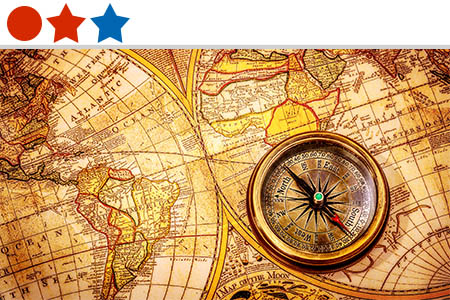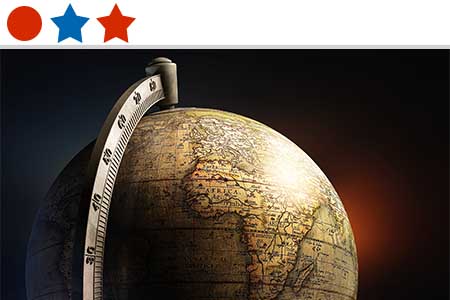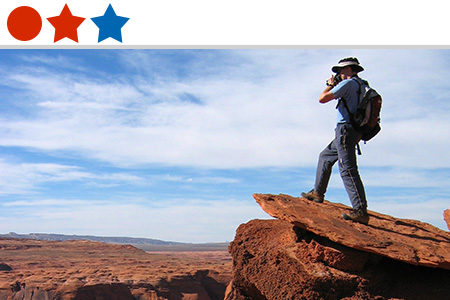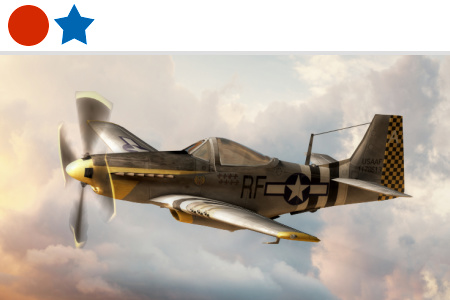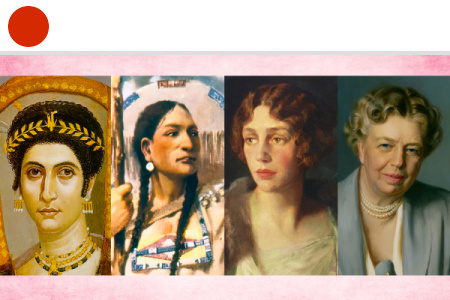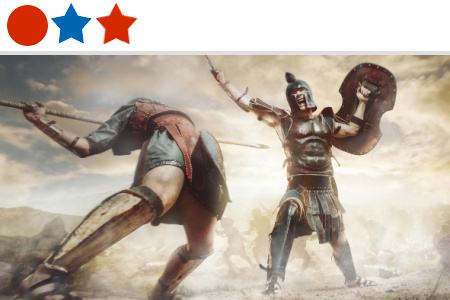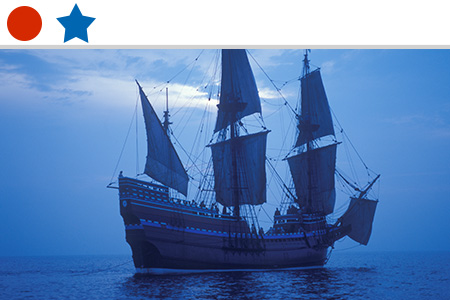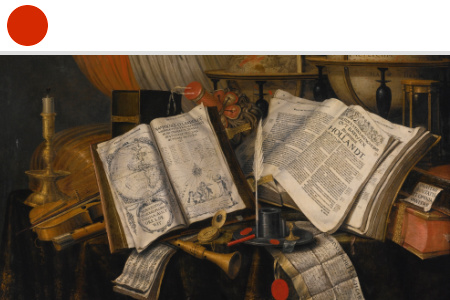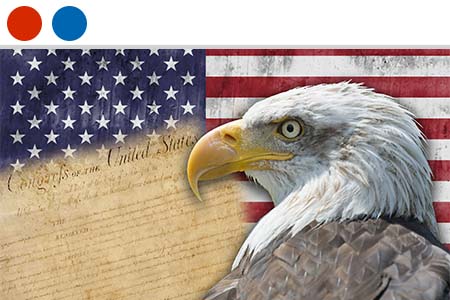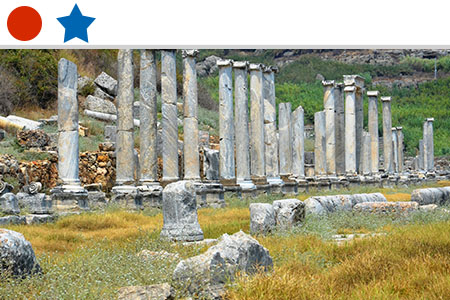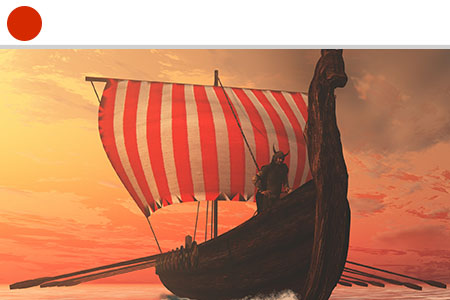Course Sample for Our Bold Explorers Homeschool History Course
To view a full sample of this class, click here.
Bold Explorers
The world is a big place. That doesn’t come as a surprise to you and me. All of our lives we’ve had maps that show us where we are compared with every single nation on earth. We can count the time zones and know what time it is in a country on the opposite side of the world. We can even look at online maps and webcams and see what is happening a hundred or a thousand miles away.
But have you ever stopped to think about the men and women who have made all that knowledge possible? Explorers, cartographers, and record keepers who left everything familiar and set off to discover something new? Maybe it was a continent. Maybe it was a hidden treasure. Maybe it was a lost city or a mythical land. Sometimes it was simply to know what lay beyond what was known at the time.
They didn’t have satellites, cell phones, or GPS. Many explorers spent their lives looking for new lands and challenging themselves in ways that most of us can only dream of. Some of them never returned. But because of the ones who did and the ones who recorded their stories, trade routes were formed, lands were settled, nations were founded, and the Gospel was preached.
We’re going to look at the stories of some of these explorers and record keepers. We’ll talk about a few of the famous ones you’ve heard of like Lewis and Clark and Neil Armstrong, but we’ll spend most of our time discussing some you may not know about such as Antonio Alaminos, Fabian von Bellingshausen, Jacob Roggeveen, and Francisco Xeres.
Like all of us, these men did both honorable and dishonorable things. Some of them ended up hurting the people they met or even tried to help. But whatever the reason for their exploration, we can all learn from their examples of courage and enthusiasm.
Before we get started, keep in mind one important thing. There is still more exploring to be done. There are still hidden places, forgotten lands, and lost peoples. There are languages to be translated, cultures to be discovered, and stories to be recorded. Is there something God is calling you to discover?


